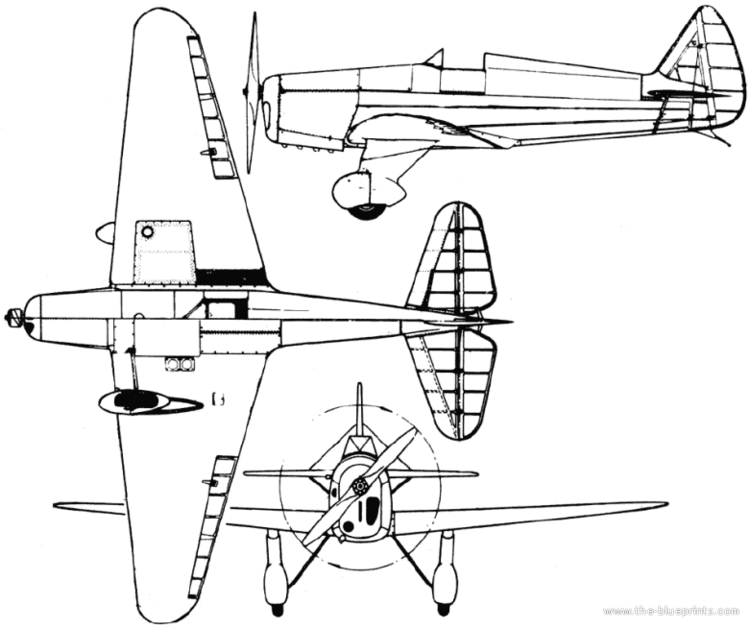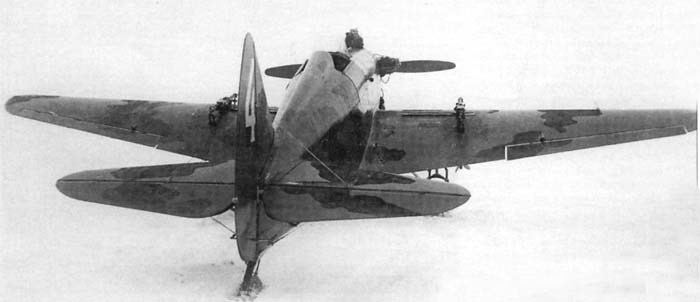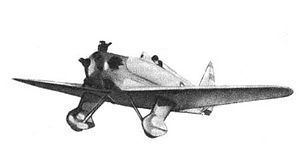Top speed 249 km/h Length 5.75 m Manufacturers Yakovlev, Yakolvlev | Wingspan 7.29 m First flight 1936 | |
 | ||
Designer | ||
Yakovlev ut 1
The Yakovlev UT-1 (Russian: УТ-1) was a single-seater trainer aircraft used by the Soviet Air Force from 1937 until the late 1940s.
Contents

Development

The UT-1 was designed as a single-seater advanced trainer and aerobatic airplane by the team led by Alexander Sergeevich Yakovlev. The first prototype, designated the AIR-14, was flown in early 1936. The AIR-14 was a small low-winged monoplane with a fixed tailwheel undercarriage, with a welded steel fuselage and wooden wings.

After some changes, the AIR-14 was accepted for production. Among other improvements, the 75 kW (100 hp) Shvetsov M-11 radial was changed to the more powerful 86 kW (115 hp) M-11G. The plane received the designation UT-1 (uchebno-trenirovochnyi {учебно-тренировочный}, primary/advanced trainer); despite this designation, it was not suitable for primary training.

The UT-1 was used as a transitional type between the UT-2 and fighters like the I-16. It was not easy to fly, requiring precise piloting, thus forming an ideal intermediate between basic trainers and the maneuverable but difficult-to-fly I-16. In 1939 the plane was modified by moving the engine 26 cm (10 in) forward, which improved its handling. During production, the 112 kW (150 hp) M-11E engine was also used. Soviet pilots broke several records with the UT-1 before World War II, some with its floatplane variant. In total, 1,241 aircraft were built between December 1936 and 1940.

During World War II, from 1941, the UT-1 was also used for reconnaissance. Some were used as improvised combat machines, after fitting with underwing machine guns or even two unguided rockets. In February 1942, about 50 UT-1 were converted in workshops as improvised UT-1B (УТ-1б) ground-attack planes, fitted with two machine guns and two-four rockets. They were next used in Black Sea Fleet aviation in Sevastopol and Caucasus. The survivors were disarmed in December 1942.
Variants
There were a large number of variants, the most numerous or noteworthy were:-
Operators
Specifications (UT-1 with M-11Ye)
Data from Gordon 2005 and Gunston 1995
General characteristics
Performance
Armament
